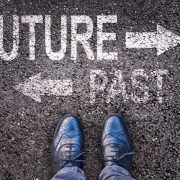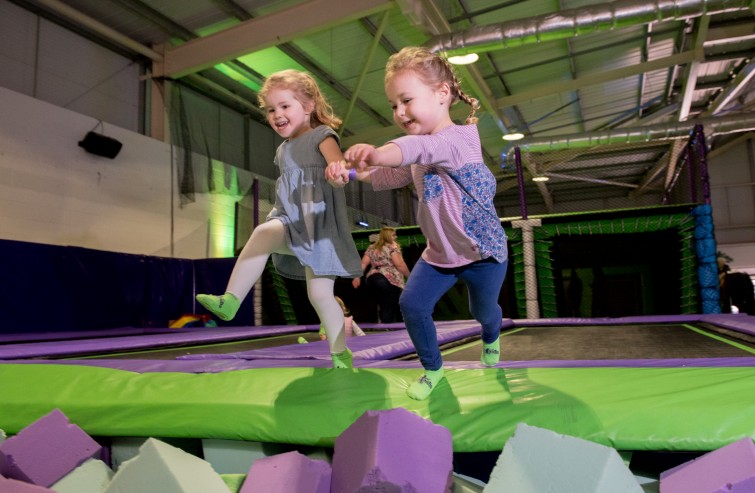How Your Museum’s Past Can Influence Your Visitors’ Futures.
In this post, we discuss how the concepts of ‘retrospective memory’ and ‘prospective memory’ can influence a museum’s approach to the presentation of its content.
Why do humans have a memory?
Reminiscing about the past can be very pleasant, but it doesn’t confer us any evolutionary advantages. In fact, for our distant ancestors, such behaviour could have been a distinct disadvantage – perhaps re-living the enjoyment of last night’s meal as a predator sneaks up intent on making our forebear tonight’s meal.
No, we have a memory because it helps us to plan for the future.
As a nomadic hunter gatherer, you can see many practical advantages of having a memory. You’ve come across a water hole in the height of a searing Summer – you need to remember where it is, and the fact that it was there when other waterholes had dried up. Someone in your tribe has eaten a berry that’s made them sick – best remember what that berry looked like and create an association between it and your sick clansman so no-one eats it again.
And it doesn’t just make sense from a theoretical point of view either. If I put you under an MRI scanner and asked you to think about the past, and then to think about what you’re going to doing in the future, I’d see activity in the same neural networks in your brain. That’s because we have a ‘retrospective memory’ (remembering the past) which is linked to our ‘prospective memory’ (planning for the future.)
When you think about it, those are two excellent metaphors for museums and heritage attractions. If you think of your museum as a repository for collective memories, you can either position your attraction ‘retrospectively’, that is as a means of purely learning about the past, or ‘prospectively’ – using the past to influence and inform the future behaviours of your audience. Both approaches have their merits.
The ‘retrospective’ approach can deliver pure escapism – telling a rollicking good story because it entertains your visitors, makes them realize that their own lot isn’t so bad and transports them away from their cares and stresses for a few hours.
The ‘prospective’ approach is important too because we have a habit of making the same mistakes. Remember Gordon Brown’s famous references to ‘no more boom and bust’ before the Great Recession of 2008? He was never going to break a cycle that had been in operation since at least since Ancient Egypt, probably since Mesopotamia. And how many times have we seen a repeat of the famous ‘South Sea Bubble’ stock market crash since the beginning of the 18th century? Museums and their curators no doubt have an important part to play in helping people in all walks of life to make smarter decisions in the future by learning from their ancestors’ successes and failures.
And at a time when people increasingly live in their own bubbles, only consuming information from sources that affirm their existing views, the universal appeal of many museums puts them in a unique position to challenge people’s thinking in a way no other media can.
The lesson here is that, when you’re designing your museum, exhibition or heritage experience, you need to think about what you’re trying to achieve.
For both ‘retrospective’ and ‘prospective’ approaches, you’ll want to make your experience memorable – so that people can recall it and tell their friends about it. But in the latter case, you need to think very carefully about what ‘prospective memories’ you’re aiming to create – what do you want people to think, say and do as a result of visiting your exhibition. Then you can plan your content around it.
Particularly in this latter case, you need to understand the role of cues – as they’re one of the ways you can turn current intentions into future action – and that’s a subject we’ll cover in the next post in this series.





